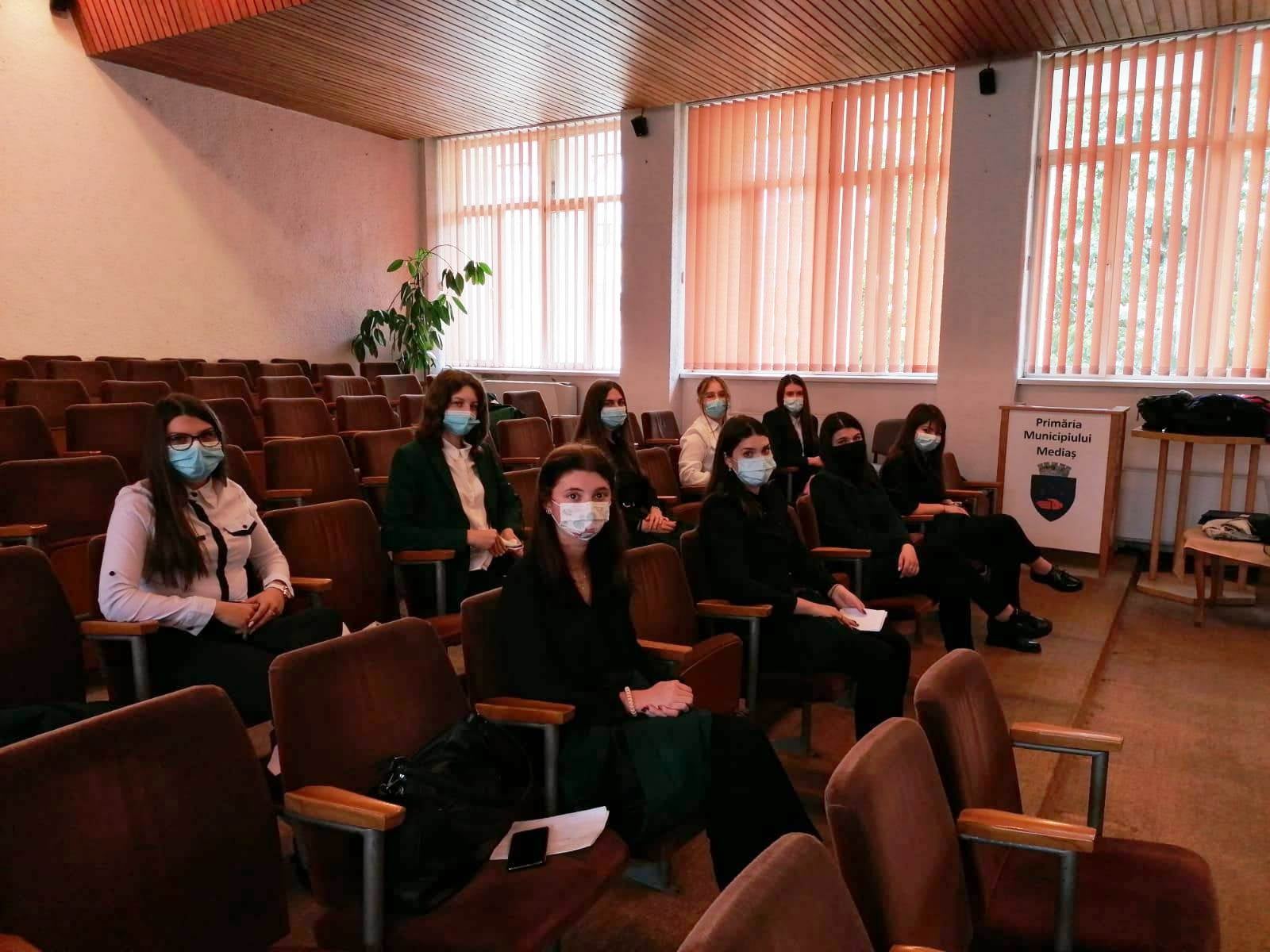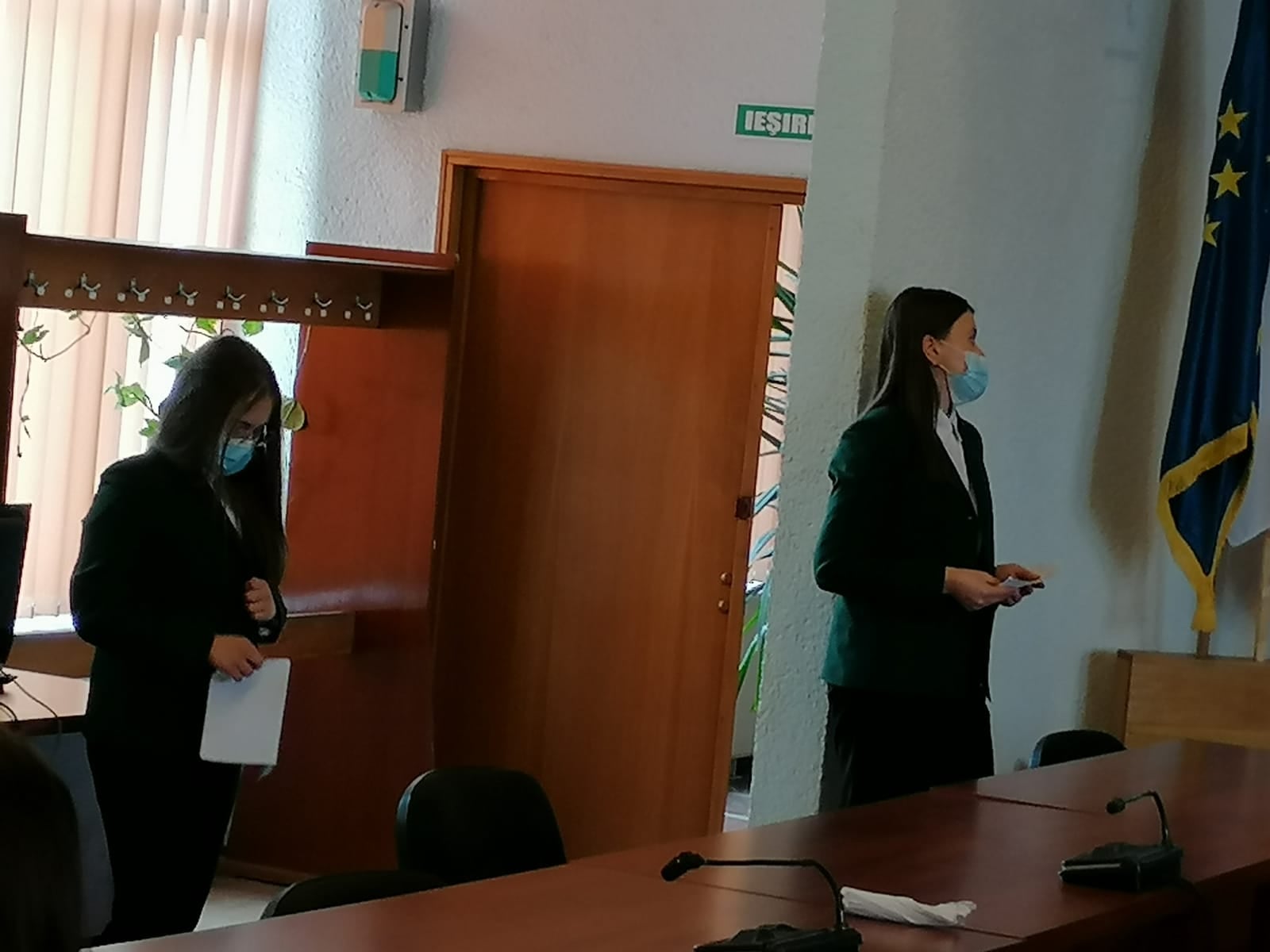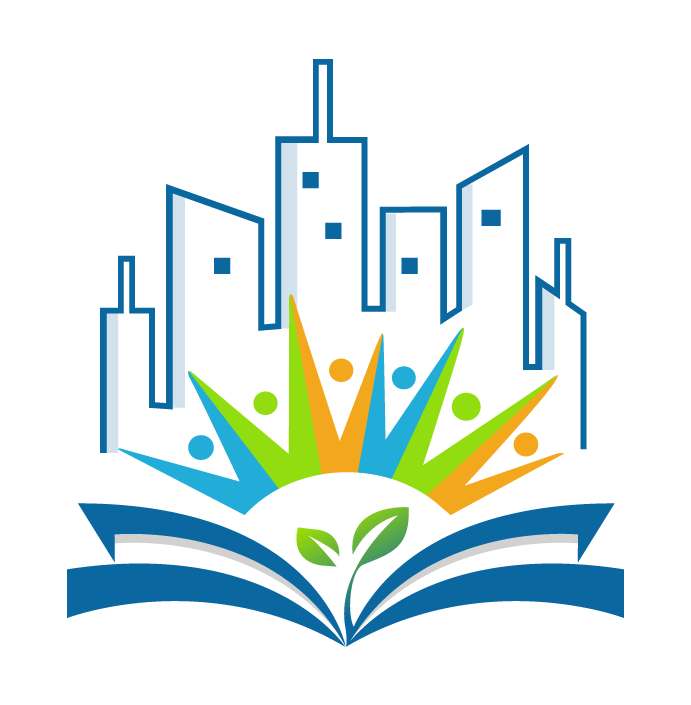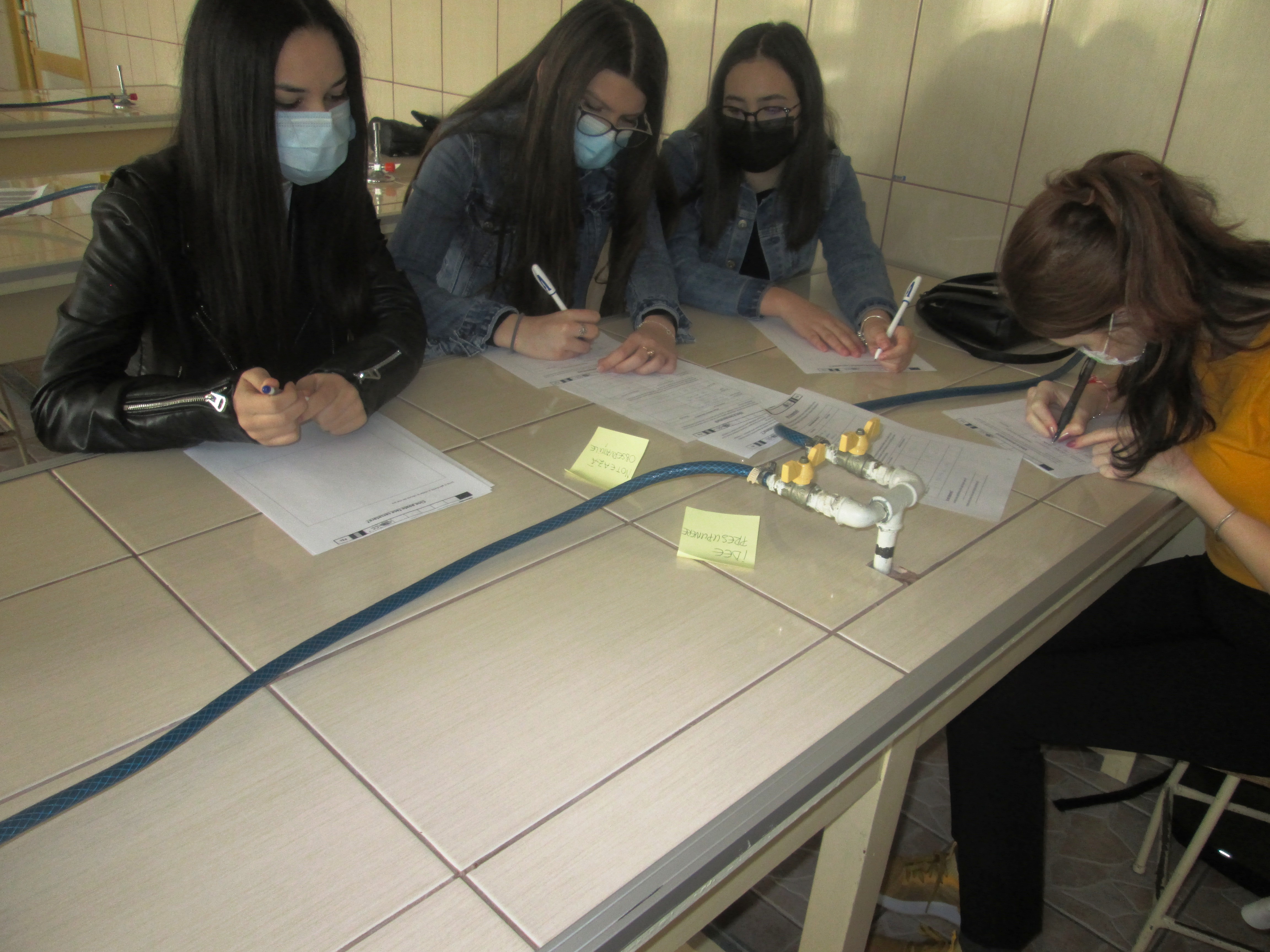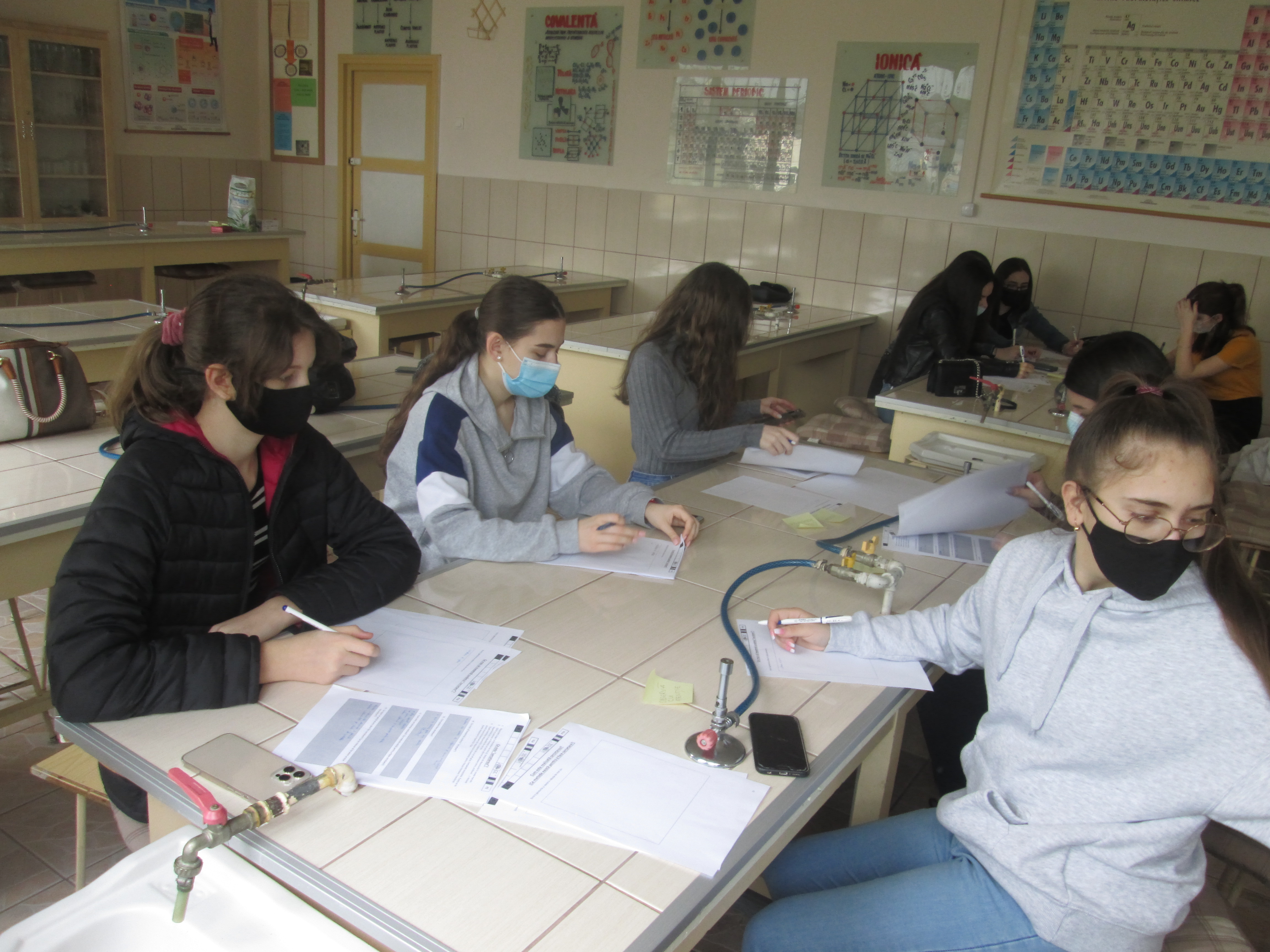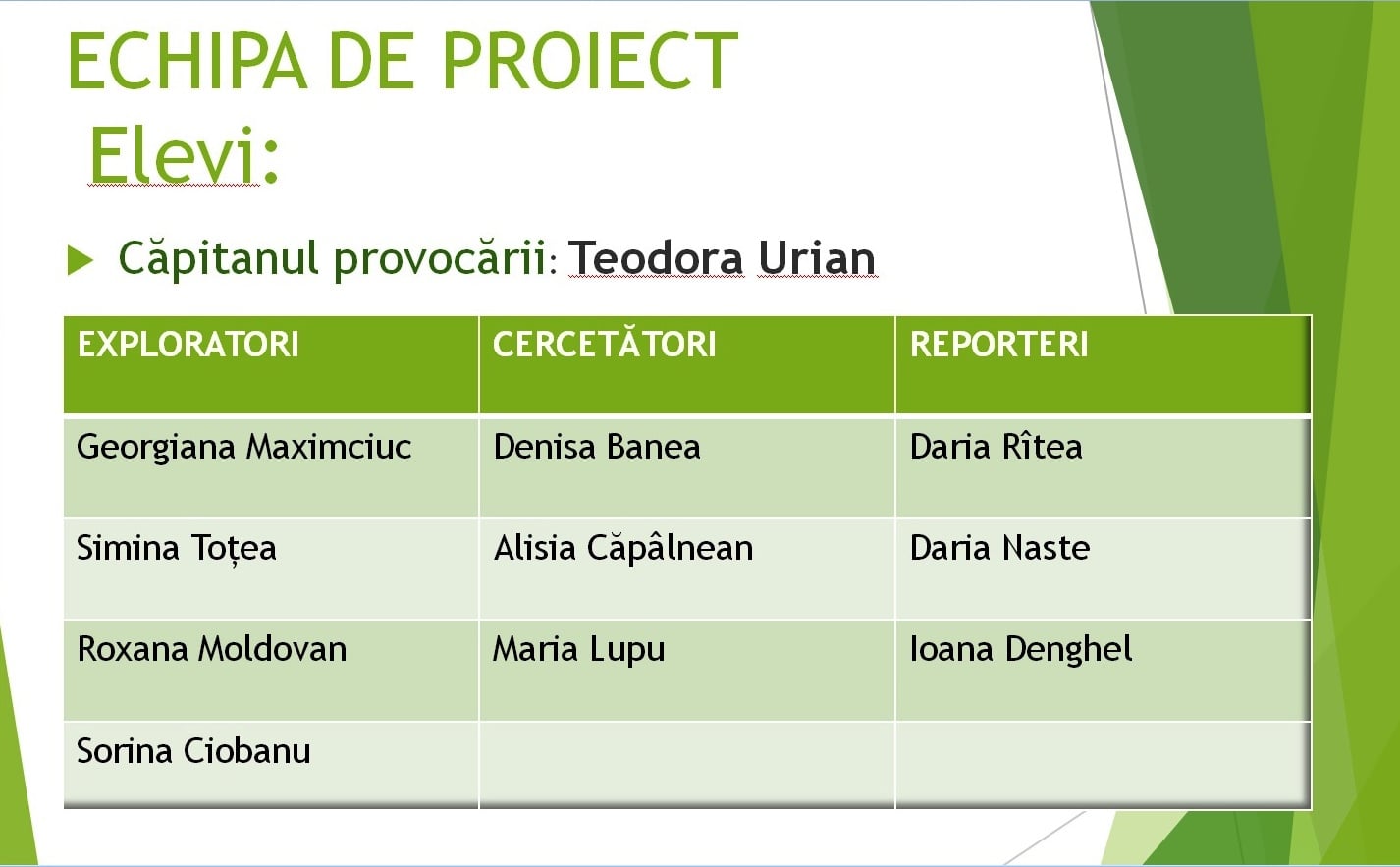
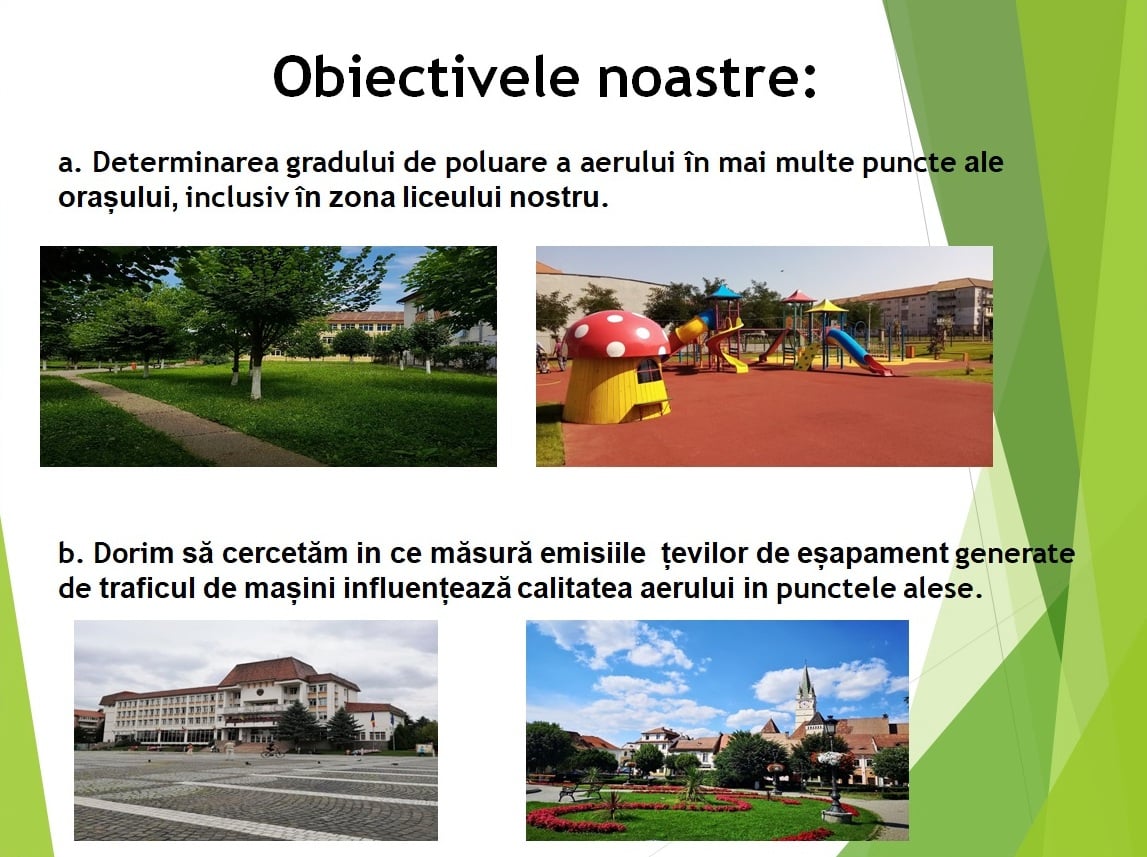
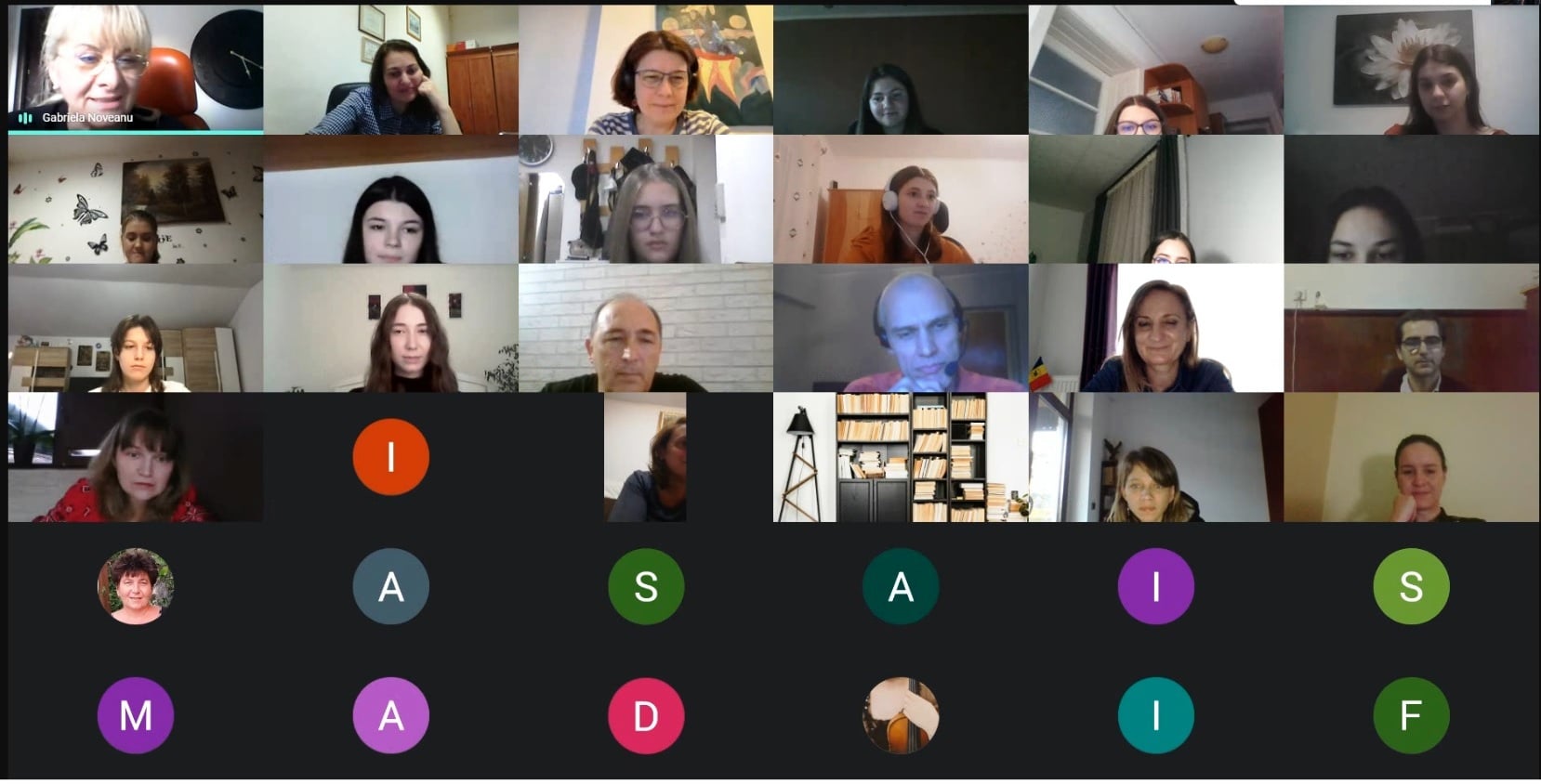
Have you ever wondered how good the air you breathe is?
An article by Daria Rîtea
It is of the utmost importance to know what air we breathe,as the effects of the air pollution on human body and on the environment can be extremely serious.
Among those effects we could mention here there are:asthma, respiratory infections, central nervous system disorders, irritability, migraines, fatigue and long term exposure to pollution can have serious consequences.
Well, the PULCHRA project team aimed to let the people of Medias know how polluted the air is.
On Tuesday, March, 9th, the students from the Axente Sever Theoretical High School, under the guidance of their four teachers have installed the dust collecter in the high school yard.
What is the dust collector and what is it used for?
A dust collector is a system used to improve the quality of the air released from industrial and commercial activities by collecting dust and other contaminants from the air or gas-it will be used to determine the carbon dioxide in rainwater and in the atmosphere as well as the pH in rainwater,namely the level of the ozone layer.
Initially, at the end of February, our researchers assembled the weather station and painted the pipe which supported it. Later, assisted by the administrator of our school the students installed the dust collector in the school yard and since then they measure both the temperature and the amounts of dust accumulated.
The weather box includes:
a barometer
a mercury thermometer
an asbestos sieve
a triapod
crystalizers


LTAS activities in the PULCHRA program – March 2021
March of 2021 was a month of proceeding with training and research activities for the students involved in this project. Most of these activities took place on Tuesdays, Wednesdays, and Thursdays of this month after online classes, with face to face participation of the project team made up of students from grades 9 and 10. Here is a summary of the activities within PULCHRA project during March in our school:
- The Reporters Course
The days of March 3 and March 10 were the days in which the course dedicated to science reporters took place. Our teacher, Constantin Schiau, summarized the Young Reporter’s Handbook addressed to PULCHRA reporters and, also, the principles that are at the foundation of the modern journalism and spreading news. Activities needed for the final result regarding reporters such as, “The tree of Questions”, “The Snowball”, “6 Types of Questions”, and “What I have already found out”, were included as well, the latter being the equivalent of a teaching method called “I know / I want to know / I learned”.
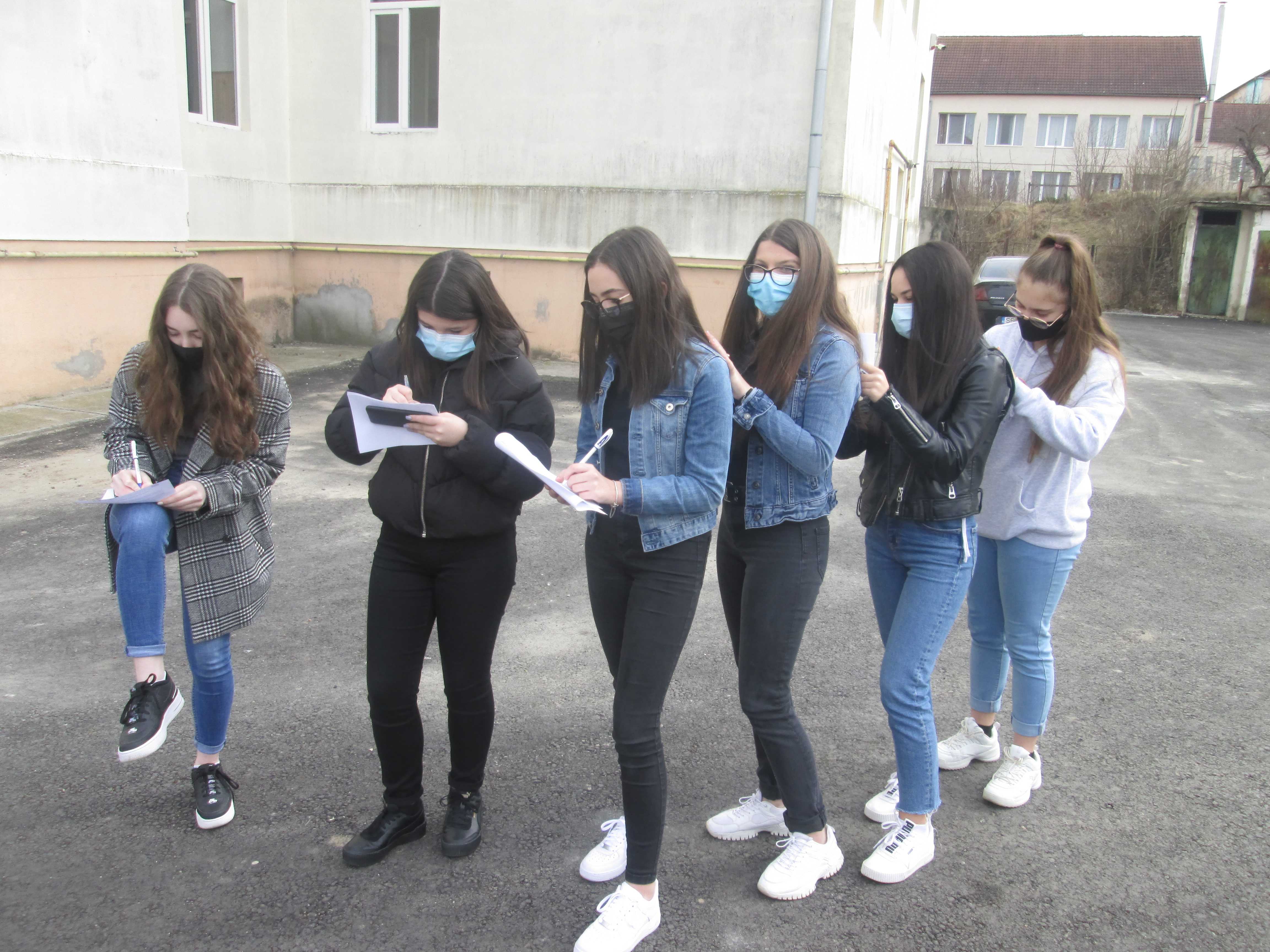

- The Research Course
March 4 was a day for teaching the research course. Teachers Delia Duma, Lenuța Moldovan and Ana-Maria Agîrbiceanu, presented the materials required for the research course and the methods used in doing research, starting from the simple “how can research be defined” to complex.
Subsequently, the project team went through the theoretical elements of the research process and later participated in more practical aspects of the research, using not only the “String” method, but also measuring temperatures in different areas of our school.

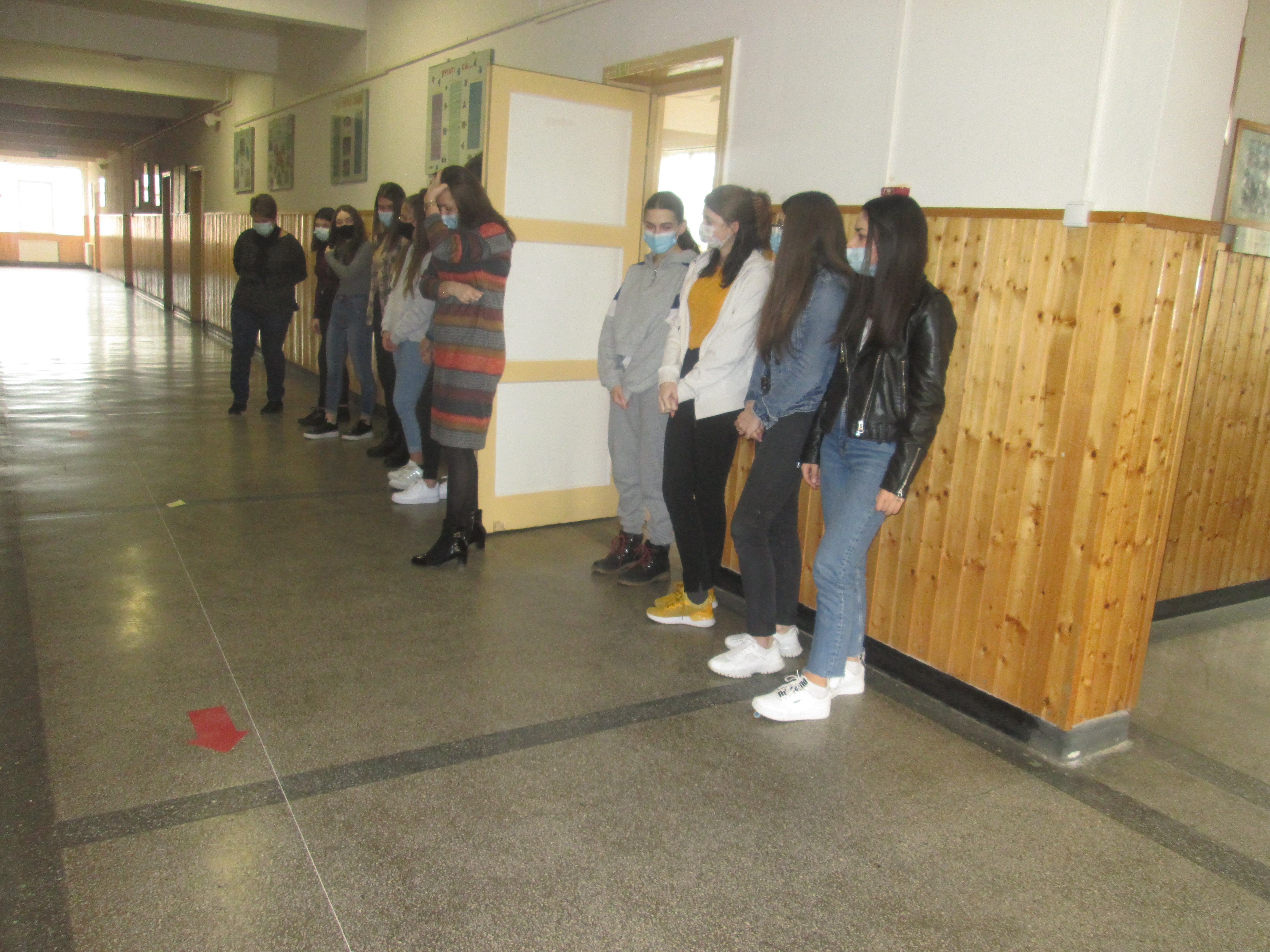
- Dust Collector Mounting
A step forward in research for the PULCHRA project team was the mounting of the dust collector on 9th March. To begin with, at the end of February, our researchers set up the weather station and dyed its support pipe. After that, with the help of the superintendent of our school, our students installed the dust collector in the school yard and since then, they do weekly measurements for temperature and accumulated dust.
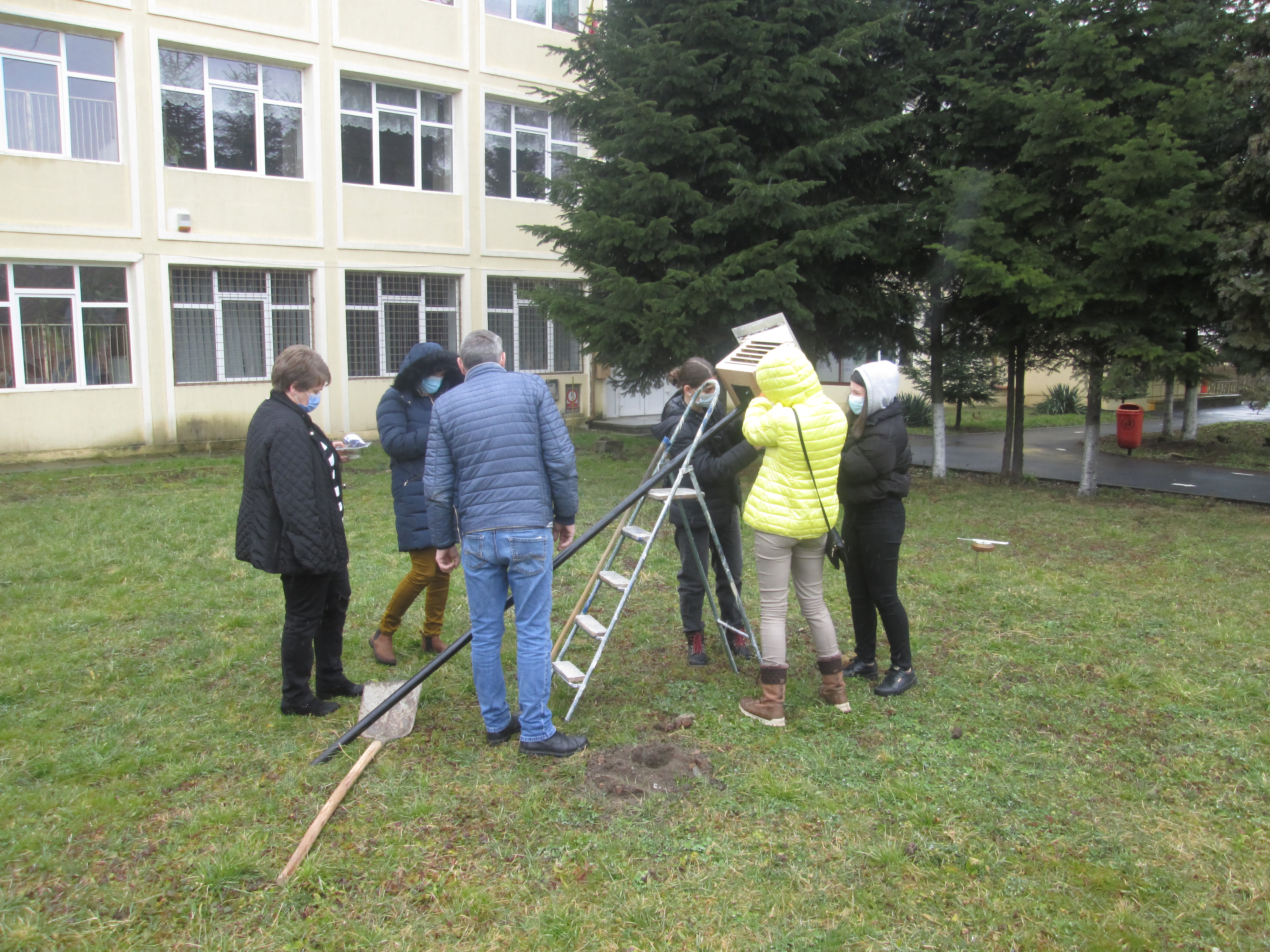
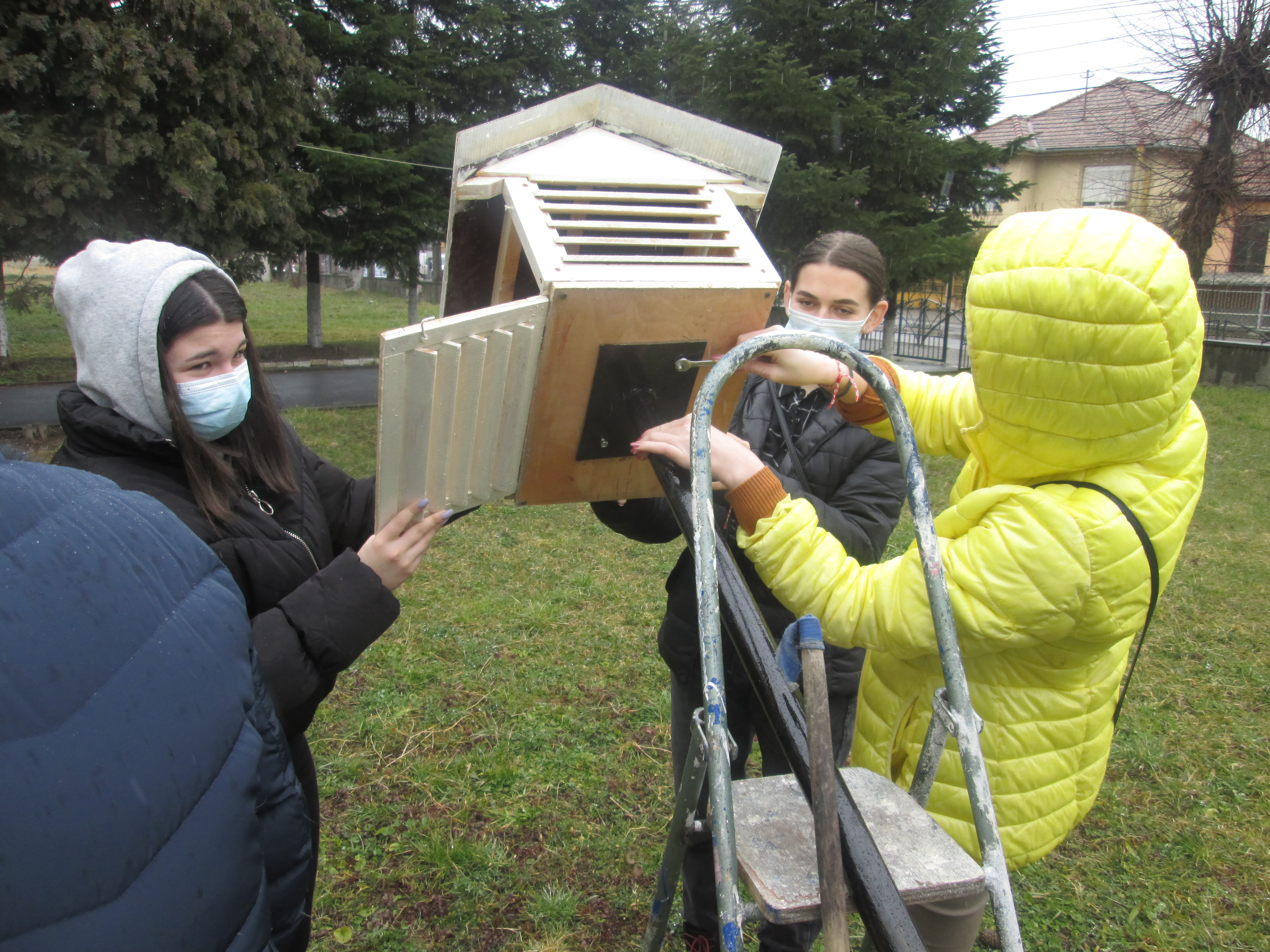
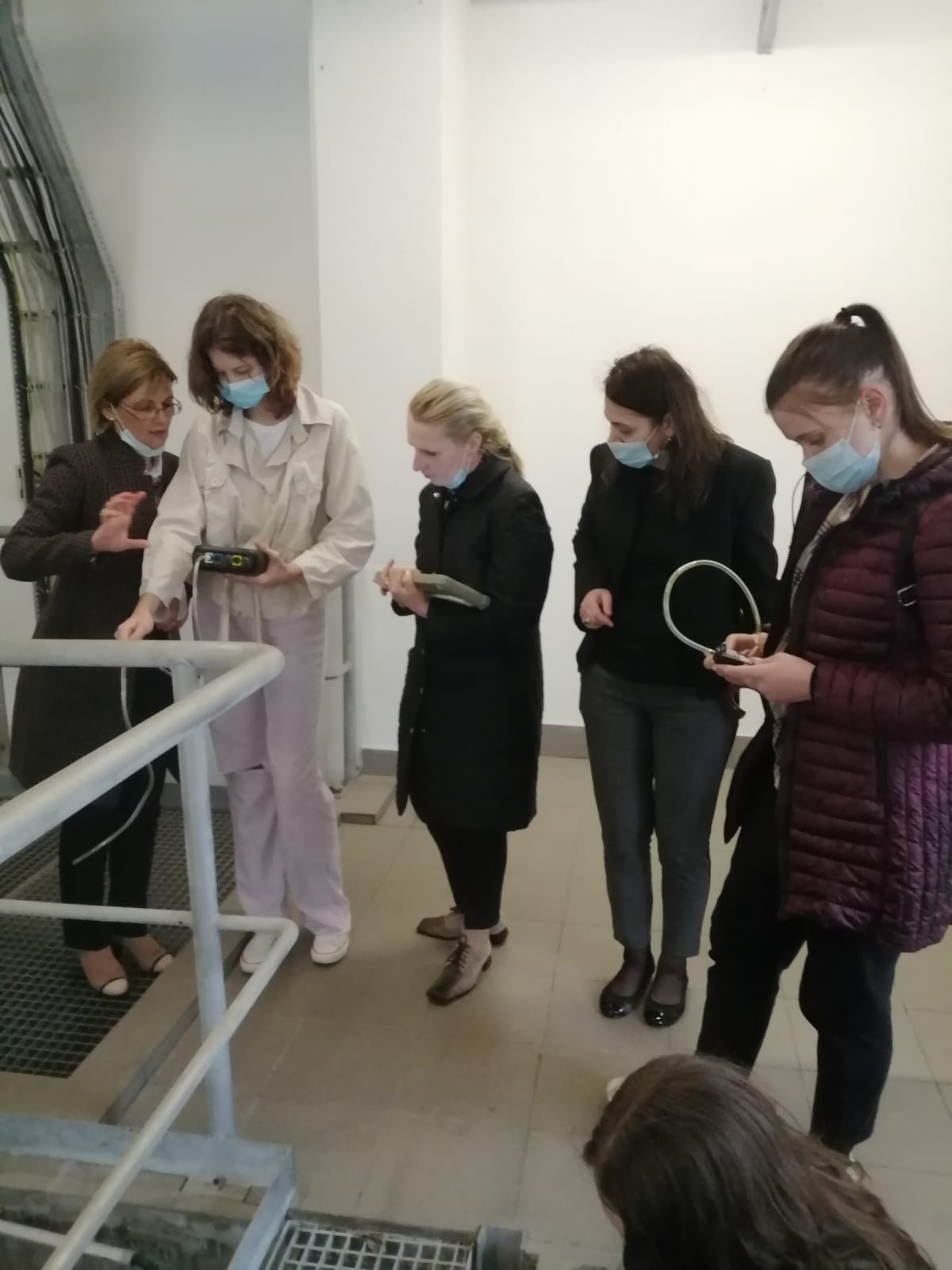
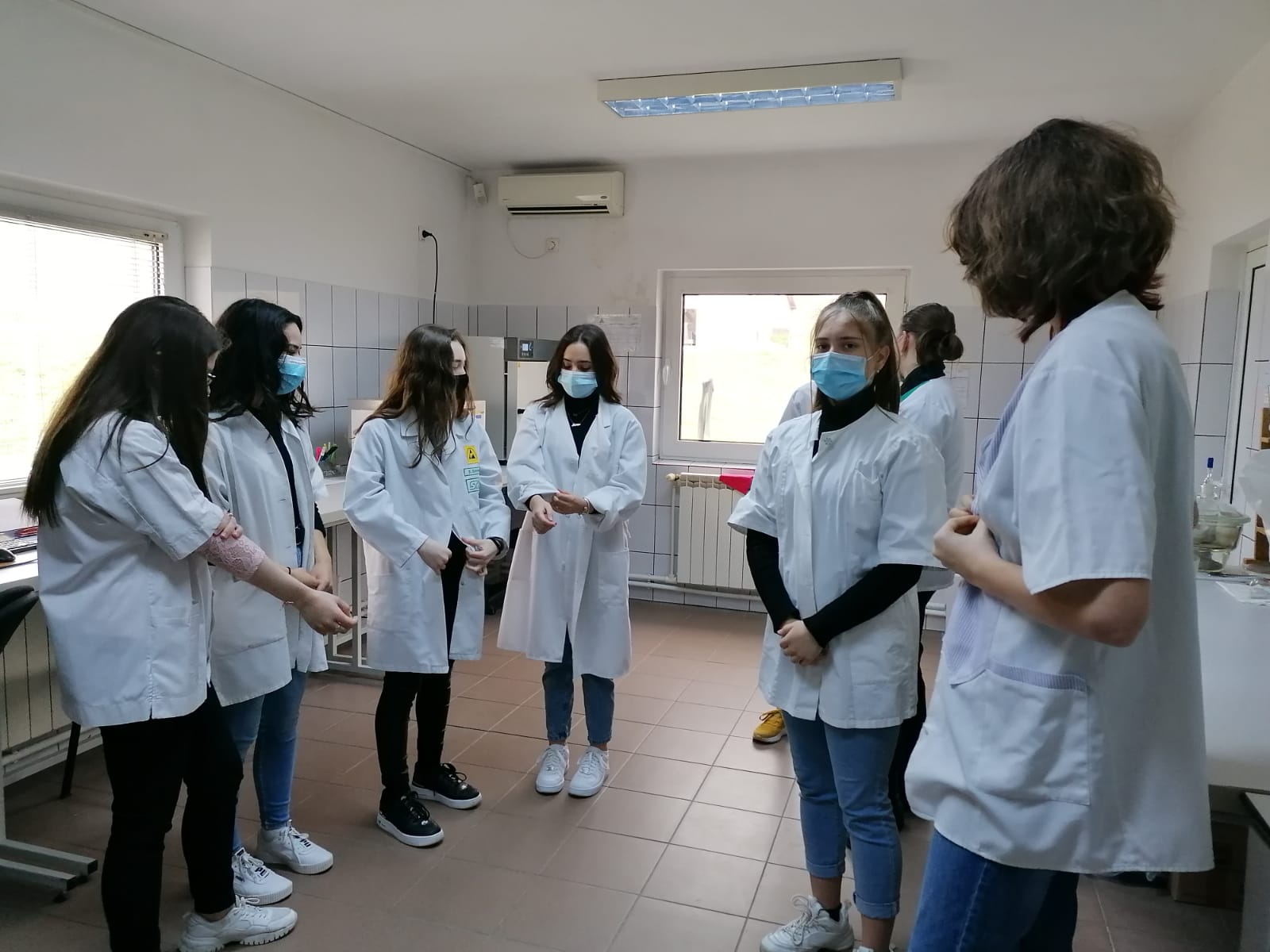
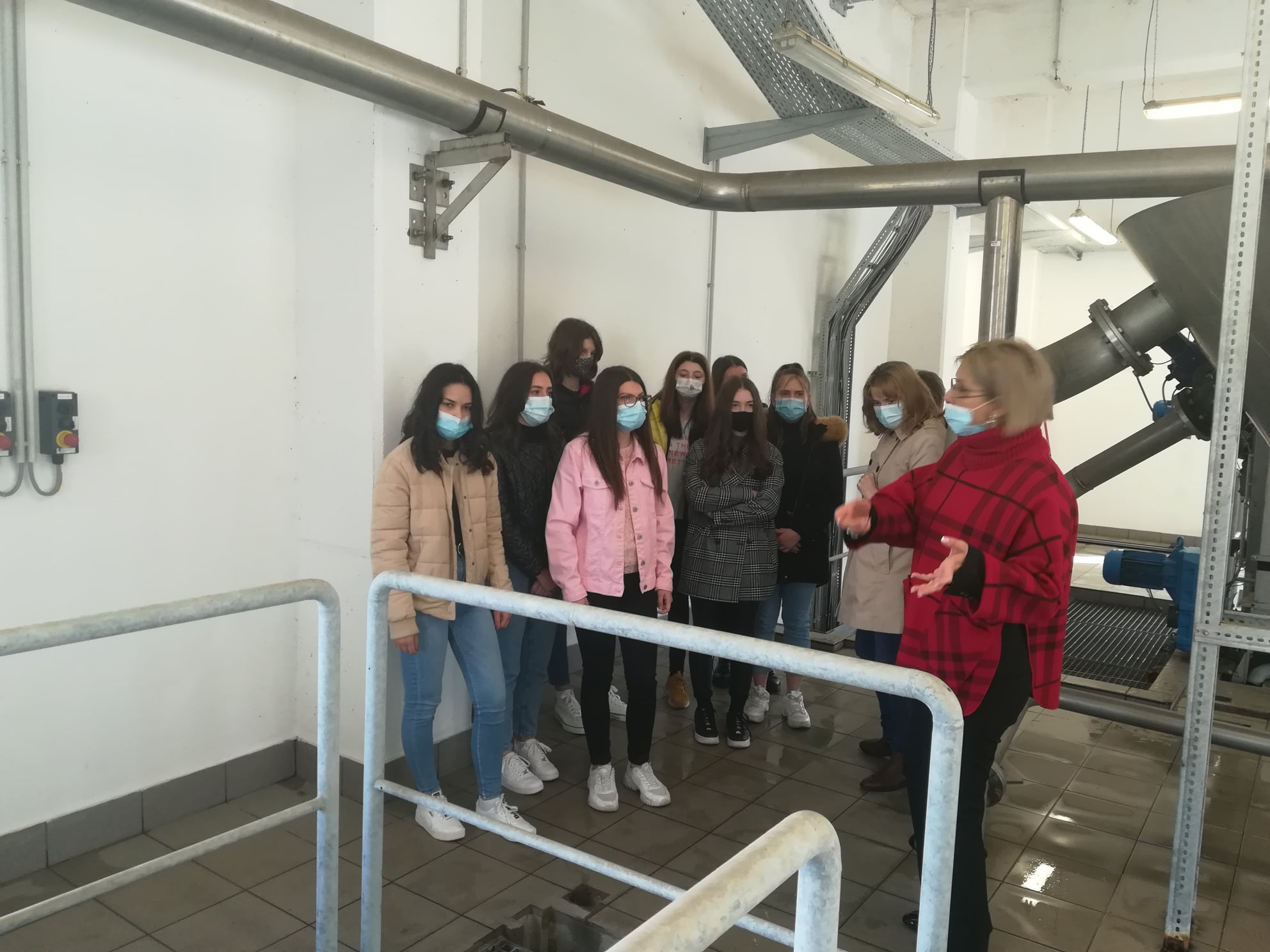
And we have arrived at the end of the PULCHRA project… There’s clean air in Medias!
Earlier this year, Axente Sever High School became a member of the PULCHRA school network, made up of 50 participating schools from 10 European Union countries. Subsequently, on February 4, our school officially presented the topic of its choice within the PULCHRA project, that is, to investigate whether and how polluted the air we breathe is in multiple areas of Medias.
There were 4 full months of events for the 9th and 10th grade students involved in this project, despite the fact we faced restrictions because of the pandemic. The project team, together with the coordinating teachers and the Pulchra program partners were trained in research and reporting, they applied specific methods of research and investigation, built a weather station, measured the quality of air in different points of our city, and last but not least, they saw how wastewater is treated at the Wastewater Treatment Plant Medias. Moreover, the Pulchra team participated in educational activities in Sibiu carried out within the Faculty of Agricultural Sciences, Food Industry, and Environmental Protection, Lucian Blaga University.
It was a challenging time for the 9th and 10th grade students involved in this program, whose topic of investigation started with the question: “Is the air we breathe clean?” After 3 months of measurements, the answer was reveled on Thursday, 27th May, at the City Hall of Medias. Therefore, we found that in Medias there is clean air, but it is up to us to keep it that way. In the presence of the mayor Gheorghe Roman and the local councillor Dan Sima, Mrs. Eniko Gaspar and the national coordinators of the PULCHRA program, connected online, but also the students and teachers of Axente Sever High School, there were publicly presented all the actions and measurements conducted by the LTAS team.
Our highschool students proposed concrete solutions to the town hall of Medias municipality for keeping the air clean through building bicycle tracks and expanding the green spaces. The Mayor, Gheorghe Roman, had an immediate reaction to all Pulchra team’s suggestions announcing the fact that deforestation in our town is totally forbidden and that the town hall accessed European funds for purchasing some ecological means of public transportation which will help keep the air at a high quality level. The national coordinators of Pulchra project congratulated the research team of „Axente Sever” high school on their implication and their research in recent months. Even though we have come to the end of this wonderful project, the experience that our young researchers gathered will be useful in future projects that our school plans to get involved in. We congratulate the team as well and we would like to bring special thanks to all our partners who supported the efforts of researching and investigating the air quality in Medias town. We are convinced that we can count on their support in the future too.

